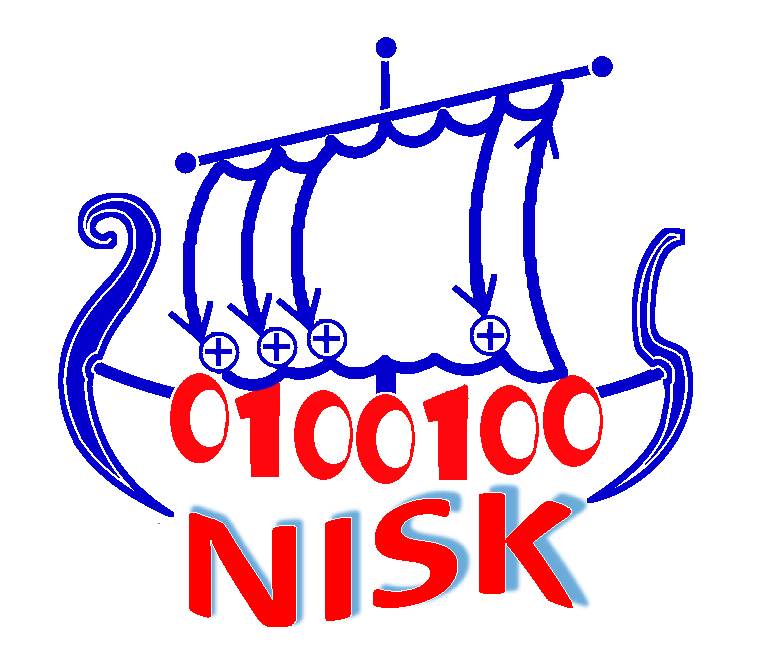Morph-PIPE: Plugging in Identity Prior to Enhance Face Morphing Attack Based on Diffusion Model
Keywords:
Face Morphing Attack, Diffusion Models, Morph Generation, Vulnerability Analysis, Morphing Attack PotentialAbstract
Face-morphing attacks (MA) aim to deceive Face Recognition Systems (FRS) by combining the face images of two or more subjects into a single face image. To evaluate the vulnerability of existing FRS and further develop countermeasures against potential attacks, it is necessary to create diverse morphing algorithms that produce high visual quality and have strong attack potential on FRS. In this work, we propose a novel morphing algorithm using a diffusion model and adding identity prior to strengthening attack potential on the FRS. Compared to existing works using diffusion models, our method can add explicit control of the morph generation process through identity manipulation. We benchmark our proposed approach on an ICAO-compliant face morphing dataset against state-of-the-art (SOTA) morphing algorithms, including one baseline using the diffusion model and two representative morphing algorithms. The results indicate an improvement in the performance of the morphing attack potential compared to the baseline algorithm using diffusion while it achieves comparable attack strength to other SOTA morphing generation algorithms which rely on tedious manual intervention in the creation of morphed images.
Downloads
Downloads
Published
Issue
Section
License
Copyright (c) 2023 CC BY 4.0 Deed

This work is licensed under a Creative Commons Attribution 4.0 International License.


